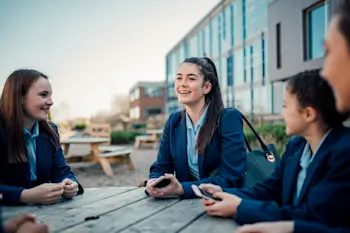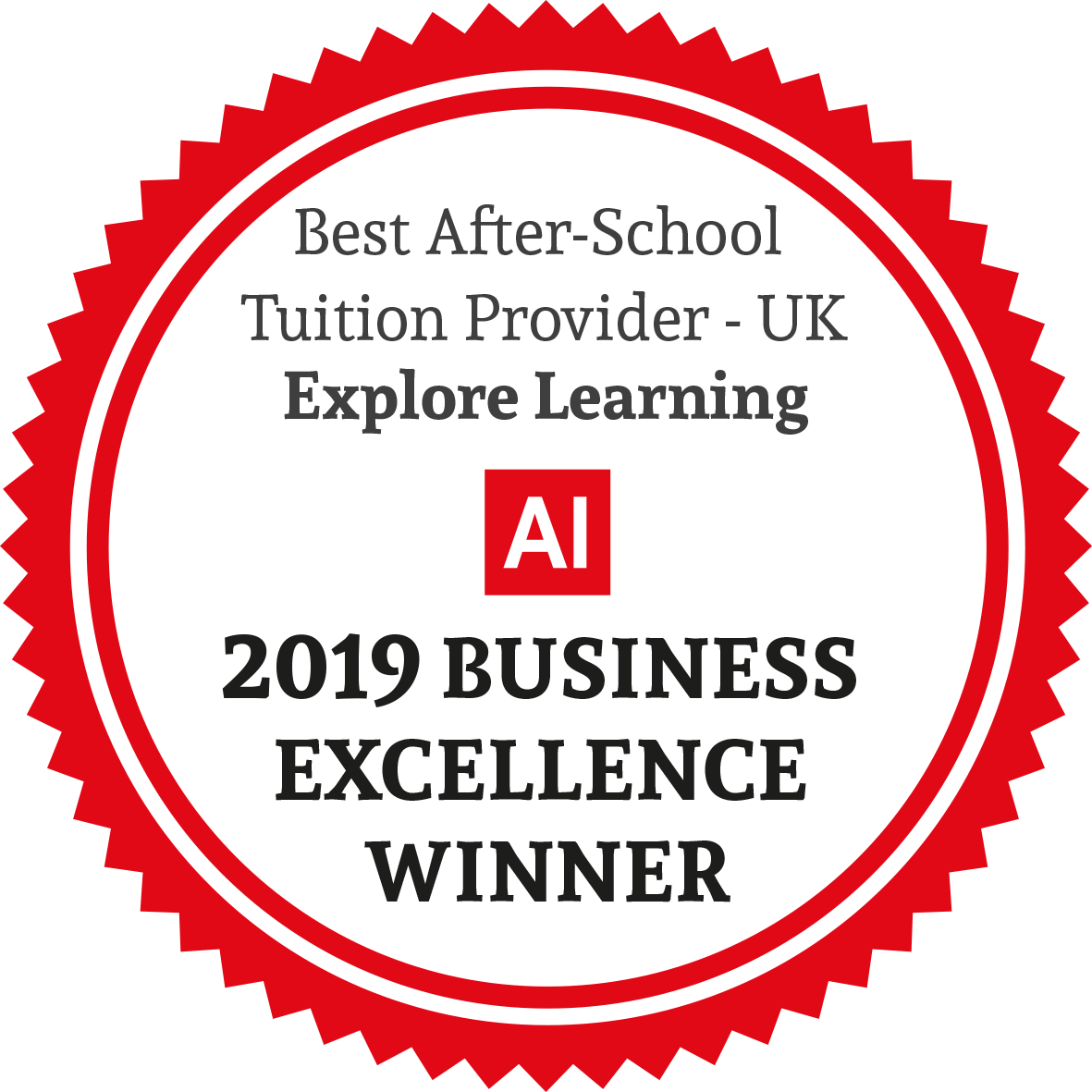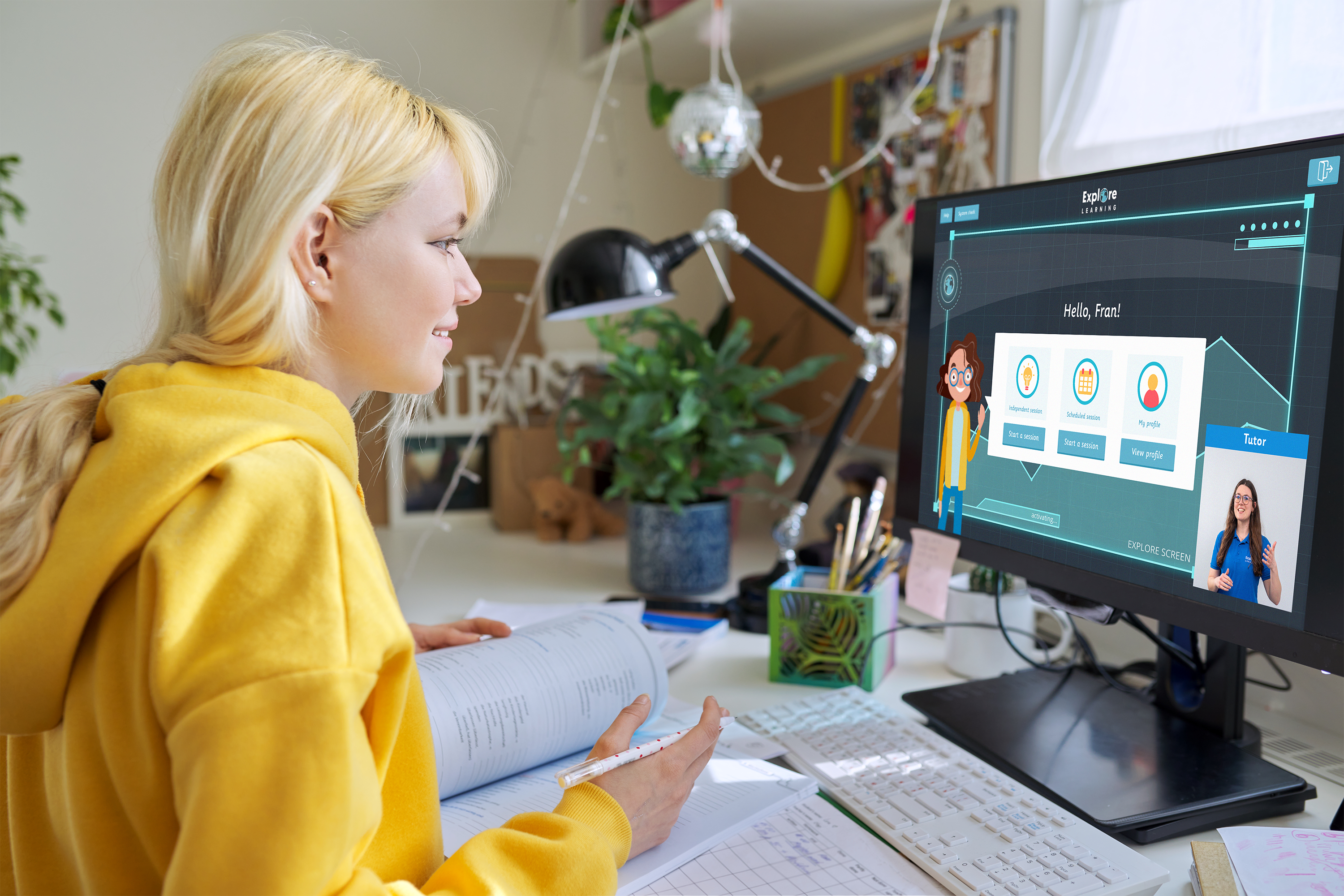Year 7 preparation: transition to secondary school resources

Of all the changes children will go through in school, the transition between primary and secondary school may be the most significant. Year 6 to year 7 transition activities can help a child when it comes to facing new challenges in the move up to secondary school.
So, what makes the transition to secondary school so tricky for children? Unlike other school transitions, going into Year 7 often means a change in school. This means meeting new teachers and students, possibly making a new circle of friends and more challenging schoolwork and homework.
Year 6 to Year 7 transition activities
To make the transition from Year 6 to Year 7 a bit more manageable, try some of the activities we’ve suggested below.
Role-play different secondary school scenarios
When it comes to Year 6 to Year 7 transition activities, role-playing different scenarios your child might encounter at school can be great preparation. This can help children prepare for situations in their new school environment.
Here are some examples of role-play activities:
Meeting New Classmates: Have children role-play introductions and conversations with potential new classmates. This can help ease social anxiety and encourage them to initiate friendships.
Approaching Teachers: In this role-play, children can pretend to approach a teacher (you, in this case). They can practise asking questions or seeking help, which can be intimidating for some children.
Organisational Skills: Create a role-play that focuses on organisational skills. For example, students can practise using lockers and organising their school supplies for the day, as well as checking their timetables.
Asking for Directions: In this scenario, children can learn how to ask for help when navigating a new school, either by asking older students or teachers. This helps them build confidence in seeking assistance when needed.
These role-play activities provide students with practical experiences that can boost their confidence, enhance their social skills, and better prepare them for the challenges and interactions they will encounter in secondary school.
Star qualities identification activity
This activity helps children identify and celebrate their positive qualities and strengths in a fun and visual way. Identifying their star qualities helps children bring about a positive mental attitude when it comes to the way they see themselves.
Materials Needed:
Small cards or pieces of paper
Markers, coloured pencils, or crayons
Instructions:
Start a brainstorming session by asking your child to think about positive qualities they possess.
Give examples like "kind," "creative," "helpful," "funny," "caring," and "determined" to get them started.
Encourage them to think about traits that make them unique and special.
Get your child to draw a star on each card and write their chosen trait in the centre.
Keep the star cards to hand to be referred back to whenever your child needs a reminder of what makes them special.
Journalling the year 6 to year 7 journey
Journaling is a great activity for helping children get their thoughts down. It can help with practising spelling and grammar, so there’s an educational benefit too. But the benefit of journaling is giving children an outlet for self-expression, reflection and emotional processing, particularly during significant life changes. So journaling can be great for children’s mental health too. To discover more about mental health learn more about World Mental Health Day.
Materials Needed:
Notebooks or journals for each student.
Writing tools (pens, pencils, markers).
Prompts or writing guidelines (optional).
Instructions:
Preparation: Start by introducing your child to the concept of journaling. Explain that their journal is a place for them to document their thoughts, feelings and experiences during that transition from primary to secondary school. Remind them that their journal is a safe space to express themselves.
Customisation: Let your child start by getting creative, giving them a journal, stickers and coloured pens to express themselves on the outside of their journal before they get to writing on the inside.
Prompt suggestions: Provide a list of journaling prompts or questions to help your child get started if they need it. Some prompts to consider include:
"What are you most excited about when it comes to starting secondary school?"
"What are some things you're curious or unsure about regarding secondary school?"
"Describe a challenge you've faced during the transition and how you dealt with it."
"Write about a positive interaction or experience you had at your new school today."
"What strategies or techniques are you using to stay organised and manage your time?"
"Reflect on a time when you felt proud of yourself during this transition."
Regular journaling sessions: Without making journaling feel forced, try to set a regular time every day or week when your child can sit down and write something in their journal. It doesn’t have to be a lot, even just a few sentences about their day.
Encourage honesty: Remind your child that they should be honest about their feelings in their journals. Tell them that it’s okay to express their fears, frustrations, anxieties, hopes and aspirations. Their journal is a judgment-free zone!
Review: From time to time, encourage your child to look back through their earlier journal entries so they can reflect on their feelings, and how they’ve changed through the transition to secondary school.
Journaling as a Year 6 to Year 7 activity serves as a therapeutic outlet and a means for children to track their personal growth and adaptation during the transition to secondary school. It allows them to gain insights into their feelings, fears, and successes, ultimately helping them build resilience and navigate the challenges of this important life transition.
Tuition as support for the transition from primary to secondary school
We hope that the transition from primary school to secondary school activities above help you and your child with school change. But if your child could use a bit of additional support as they continue in Year 7 why not consider KS3 tuition?
The transition from primary to secondary school can be an overwhelming change for some children, both academically and socially. With tuition alongside school, children can improve their confidence in maths and English through regular practice of problem areas and they’ll also feel more confident in the classroom as our tutors celebrate every small win with them.
So why not see if tuition can help your child get excited about the transition from primary to secondary school?
Cancel anytime
No joining fee
In centre or online
Memberships to suit you
Cancel anytime
No joining fee
In centre or online
Memberships to suit you
Cancel anytime
No joining fee
In centre or online
Memberships to suit you




